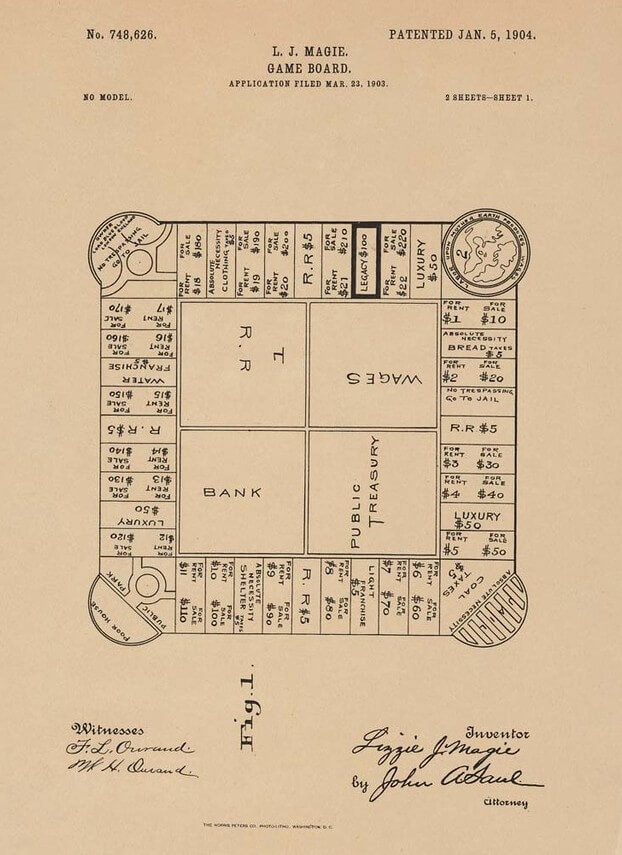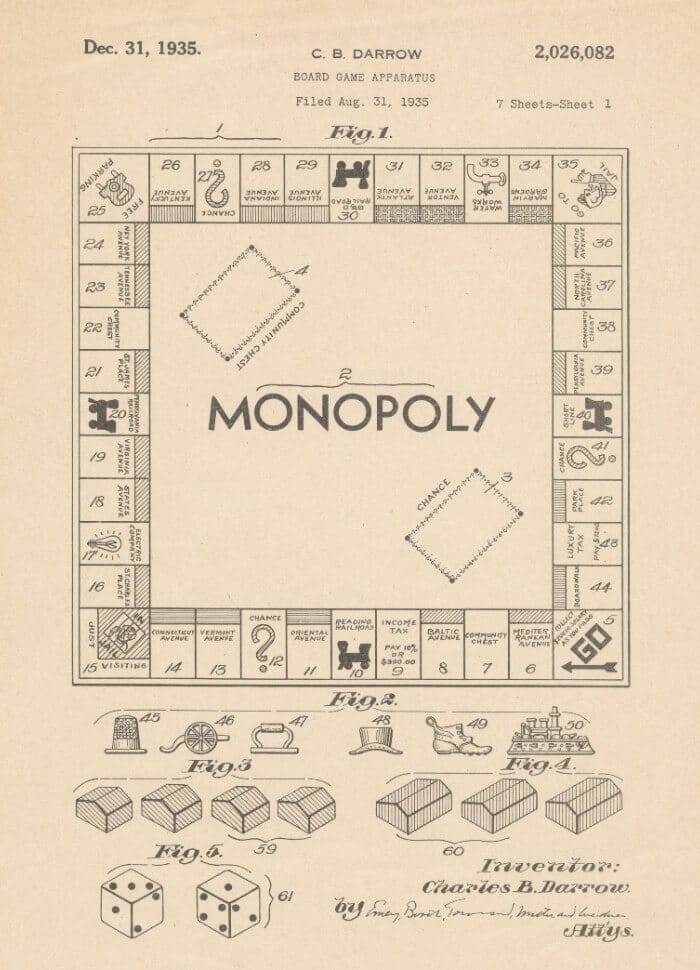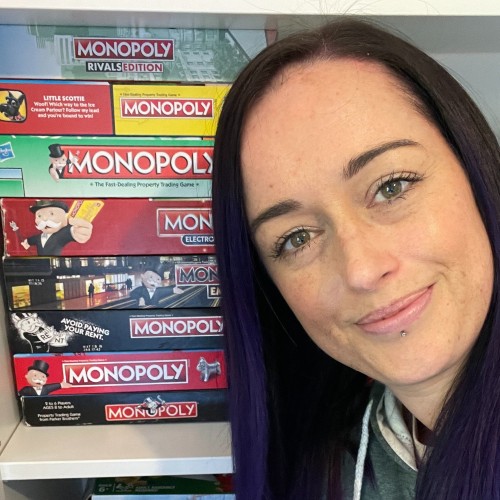Most of us have been playing Monopoly for as long as we can remember and it was invented long before we were born.
The story of how Monopoly was invented is a fascinating one with several twists and turns along the way. So, let’s dive into the history of Monopoly with a complete timeline of how and when Monopoly was invented.
A Timeline of the History of Monopoly:
1903: Lizzie Magie invents The Landlord’s Game.
1904: The Landlord’s Game is patented.
1906: The Landlord’s Game is first manufactured.
1909: Parker Brothers decide not to publish The Landlord’s Game.
1914: A version of The Landlord’s Game is released in the UK.
1924: Lizzie Magie patents a new version of her game with street names.
1932: Charles Darrow plays an Atlantic City version of The Landlord’s Game at a friend’s house.
1934: Charles Darrow starts making and selling a similar game, calling it Monopoly.
1935: Parker Brothers buys the rights to Monopoly and sells 278,000 copies in the first year. It also buys the rights to The Landlord’s Game for $500 to avoid legal issues.
1973: The first Monopoly World Championship is held in New York.
1974: A legal dispute begins between Parker Brothers and Ralph Anspach over his Anti-Monopoly game. His research reveals the role of Lizzie Magie in the game’s creation.
1991: The Parker Brothers company and the rights to Monopoly are bought by Hasbro.
When Was Monopoly Invented?
Monopoly was first patented and sold by Parker Brothers in 1935. The company bought the rights to the game from Charles Darrow who had begun making Monopoly sets in 1934. However, Monopoly was really invented in 1903 by Lizzie Magie, she named it ‘The Landlord’s Game’.

Photo: Board Game Geek
The role of Lizzie Magie in creating Monopoly was almost unknown for many years as Charles Darrow was given all of the credit for inventing the game.
The story behind how Monopoly was invented is a little complex, but very interesting…
Lizzie Magie came up with many of the rules and concepts behind the game of Monopoly. These evolved over time as a thriving scene grew up around homemade and personalized versions of her invention – The Landlord’s Game.
Eventually, a version of The Landlord’s Game that was based upon the streets of Atlantic City was seen by Charles Darrow. He took a copy of the rules and the game board and soon began making his own version, which he called Monopoly. This game was bought by Parker Brothers in 1935 and the rest is history.
Read on for a complete timeline of key events in the history of the game of Monopoly…
The History of Monopoly
1900s – The Landlord’s Game
In 1903, Elizabeth Magie first came up with the idea of The Landlord’s Game.
The Landlord’s Game consisted of a square game board that had 9 rectangular spaces on each side. In the corners were squares labeled ‘Go to Jail’ and ‘Public Park’. Players went around the board buying up properties and railroads that each had a sale and rental value. In the middle, you could place ‘Chance’ cards that included quotes from famous figures such as Thomas Jefferson and Andrew Carnegie.
So, having read that you may start to see why quite a bit of this article on the history of Monopoly will actually be spent talking about The Landlord’s Game! While you may never have heard of it, you can see why it plays an important part in the development of the game of Monopoly.
The Landlord’s Game actually had two sets of rules: ‘monopolist’ and ‘anti-monopolist’.
Lizzie Magie was herself an anti-monopolist and had hoped that her game would show people the evils of making vast sums of money at the expense of other people.
She wanted to expose the economic principles of Georgism and demonstrate that the prevalent system of land grabbing would enrich landowners while leaving tenants in poverty.
Magie filed for a patent in 1903 and had it granted in 1904. Following this, The Landlord’s Game was manufactured by the Economic Game Company, which Magie was part-owner of.
In 1909, Lizzie Magie approached Parker Brothers to publish The Landlord’s Game. They turned down this opportunity as they believed that the rules were too complicated.
1910s – Homemade Monopoly
Over the next decade, many different versions of The Landlord’s Game were produced that each had slightly different variations in both design and rules of the game.
Some of these were released by a New York-based publisher, but many others were homemade creations that spread by word of mouth and incorporated locally devised rules.
The 1910 version of The Landlord’s Game added differently named streets to various squares around the board, whereas the originally patented version merely had a dollar value for each space.
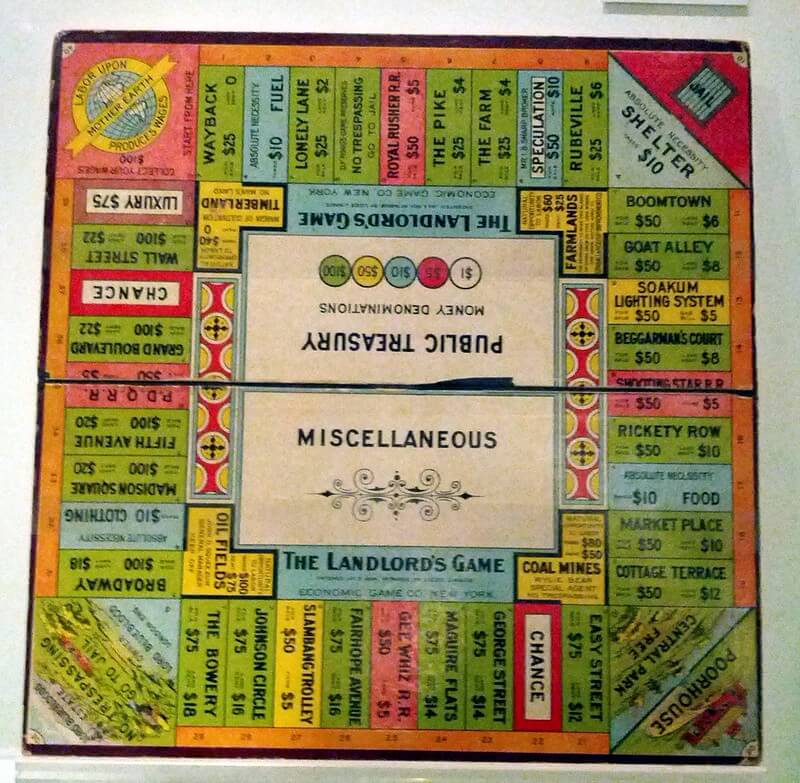
Photo: Cory Doctorow
The Landlord’s Game was first published in the United Kingdom under the name ‘Brer Fox an’ Brer Rabbit’. To me, this sounds like it should be a completely different game but it is largely the same game as the one sold across the Atlantic
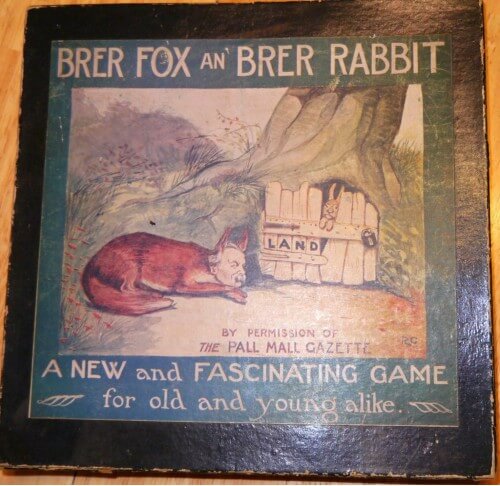
Photo: Board Game Geek
A short version of Magie’s game, commonly known as Auction Monopoly, was played in the 1910s. This removed the second round of play that was based on the Georgist concept of a single land value tax (why would you want to take that rule out, I hear your cry!), instead, there was a rule that when a property was first landed on it was auctioned to all players.
1920s – Atlantic City
In 1921, Lizzie Magie’s patent for The Landlord’s Game expired.
She filed for a new patent in 1924 – this was for an updated version that included some notable changes like the use of street names on the spaces and a monopolist rule that meant you could charge higher rents when you owned all three railroads and utilities.
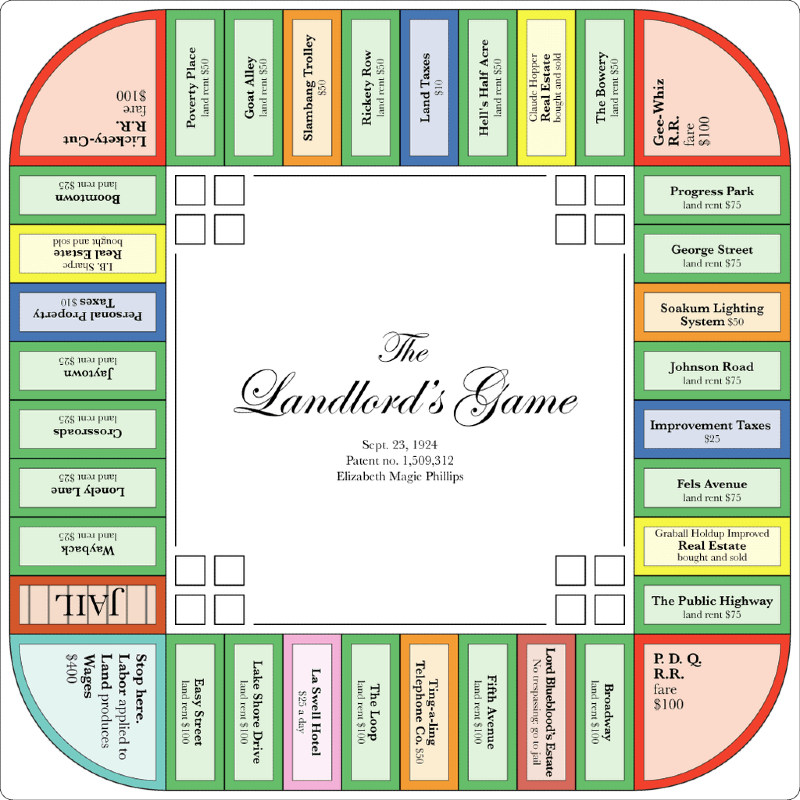
Photo: Lucius Kwok, CC BY 2.5, via Wikimedia Commons
Throughout this decade, there were still many handmade versions of the game and it was commonly referred to as Monopoly by players.
An Atlantic City version was popular with a group of Quakers in that city, who also reverted back to Magie’s original fixed price for each property (Quakers did not believe in auctions), and it was this game that would most directly lead to the creation of Monopoly as we know it.
Atlantic City is a relatively small city in the US state of New Jersey. Atlantic City Boardwalk was the world’s first boardwalk and the inspiration for the most expensive property in Monopoly.
You can read more about Atlantic City with this list of Atlantic City facts.
1930s – Monopoly is Born
In 1932, Charles Darrow was first introduced to The Landlord’s Game when he played the homemade Atlantic City version at a friend’s house.
He was so impressed by the game that he made his own copy of the board ( complete with spelling mistakes) and copied down the rules.
Darrow began making and selling his own version of The Landlord’s Game with the name ‘Monopoly’. He made the first few sets with the help of his wife and son. The first versions were drafted on an oilcloth before he found a printer who could print his designs on a square board.
With the help of some graphic designers, Charles Darrow came up with some of the classic artwork that no doubt helped to ensure the success of the game. He added things like the iconic red car on the free parking square and red arrow on the Go square, as well as the classic illustrations of black locomotives for the railroads.
In 1935, Charles Darrow sold the rights to Monopoly to Parker Brothers. They had turned down the game less than six months before, but Darrow’s new version sold like hotcakes over the Christmas period and Parker Brothers finally realized that there was money to be made from Monopoly.

Parker Brothers had noticed the similarities to Lizzie Magie’s The Landlord’s Game and so they also bought the rights to her game to avoid any possible legal disputes.
Magie was given just $500 in return for the right to her game and no royalties. Parker Brothers only ever made a few copies of her game – their focus was on the new Monopoly.
Monopoly was an instant success selling nearly 300,000 copies of the game in 1935 when it cost $2 per set. The following year was even more successful, with 1,750,000 copies sold.
Parker Brothers gave all credit for the creation of Monopoly to Charles Darrow and even included a heartwarming origin story in the box that highlighted how the invention of the game had taken Darrow from poverty to great riches.
He certainly had made his fortune from the game, having wisely negotiated a share of the royalties when he sold the copyrights.
In 1936, Parker Brothers began licensing the game for sale outside of the USA using different cities as the locations.
The London and Paris versions proved highly popular in England and France, but a Berlin edition was quickly banned in Germany by the Nazis.
1936 was also the year when the Monopoly Man made his first appearance on Chance and Community Chest cards. He had no name until 1946 when he also appeared in another game called ‘Rich Uncle’ with the name Rich Uncle Pennybags.
1970s and 80s – Legal Disputes
By 1973, Monopoly had reached such high status that the first-ever Monopoly World Championship was held in New York.
However, this decade wasn’t all good news for Monopoly as Parker Brothers became embroiled in a long-running dispute for trademark infringement against Ralph Anspach, the creator of Anti-Monopoly.

There was a lot of back and forth between various courts but in the end, the rights to Monopoly remained with Parker Brothers whilst Anspach also retained the right to sell his game (he later came to an agreement with Hasbro and markets his game under license from them).
The interesting thing about this legal battle is that it forced Ralph Anspach to delve into the history of Monopoly and he uncovered much of the backstory that I have described above.
Without this case, it is possible that the pivotal role of Lizzie Magie could have been lost forever.
1990s and Beyond – The Hasbro Years
In 1991, Hasbro bought Parker Brothers and with it, the rights to Monopoly.
Since then, the company has taken quite a different approach to the game and the number of different versions has exploded. Parker Brothers only ever released two versions at a time, whereas now there are thousands available to buy.
Suggested read: The 20 Most Popular Monopoly Games of All Time

Many of the new editions have been tied in to popular movies and TV shows like Star Wars and The Walking Dead, but there have also been moves to update the rules and make the game more socially aware.
Hasbro has often encouraged the Monopoly playing community to contribute to ideas. Facebook votes have led to the incorporation of new house rules into the game and helped to decide the content of new Community Chest cards.
Hasbro has also sought to keep up with the times by speeding up gameplay with the introduction of the speed die to all game sets in 2008, whilst a new younger audience has been attracted with numerous versions of Monopoly Junior.
The first ever Monopoly game was released in the 1930s – the patent was submitted in 1935. However, the game was based on The Landlord’s Game which had been created in 1903.
The original Landlord’s Game was created by Lizzie Magie in Brentwood, Maryland. But the first Monopoly game to use the Monopoly name was created by Charles Darrow in Philadelphia, Pennsylvania.
To Conclude
So, as you have seen, there’s quite a long history to Monopoly. Rather than being invented all at once, the game has taken inspiration from various sources along the way.
Credit for much of the original idea and game formulation should go to Lizzie Magie and I feel that The Landlord’s Game, invented in 1903, deserves to be recognized as being the earliest version of Monopoly.
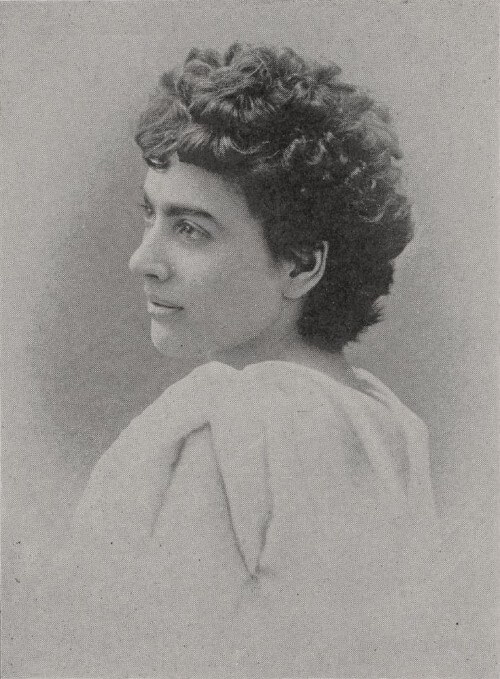
Photo: Unknown photographer, Public domain, via Wikimedia Commons
Of course, it wasn’t exactly the same as the Monopoly released in 1935 by Parker Brothers and various game enthusiasts played an important role in its development by carefully crafting their own homemade sets and adding some ideas, notably the use of Atlantic City for the street names.
All this meant that by the time Charles Darrow played the game, the rules and design had been thoroughly playtested and, once he had added some pretty graphics, the game was ready to take on the world.
I hope that you have enjoyed reading about when Monopoly was invented. If you want to know even more about its origins then take a look at my article about who invented Monopoly.

